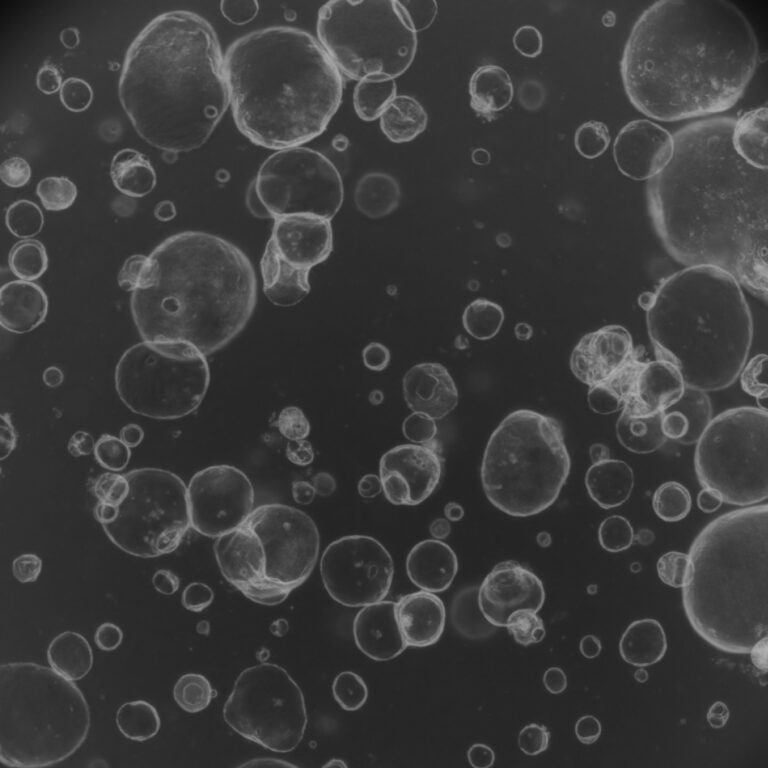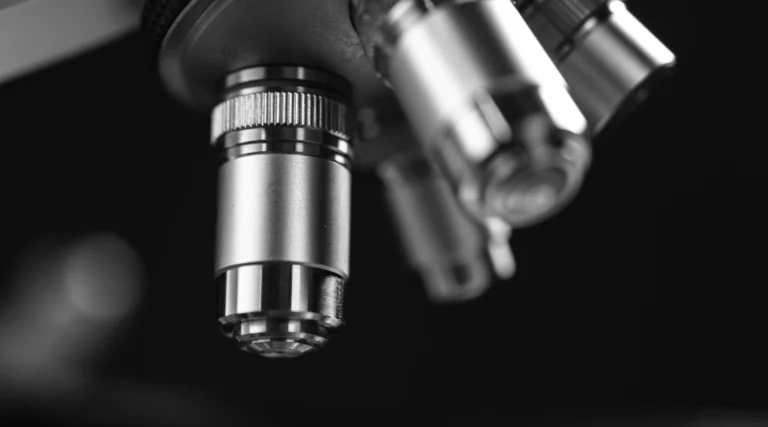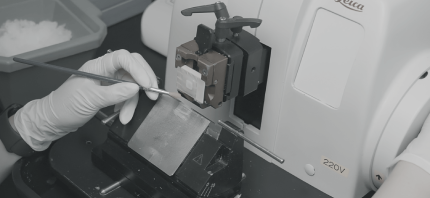MC1R Protein Promotes Colorectal Cancer Growth by Blocking Ferroptosis
Journal: Cancer Gene Therapy
Author: Zeng, X., Jiang, L., Li, H. et al., China
New research reveals that MC1R drives tumor aggressiveness in colorectal cancer by activating Notch signaling, which suppresses ferroptosis – a type of cell death that normally inhibits tumors. High MC1R expression correlates with poor patient prognosis, while reducing MC1R levels significantly decreased tumor growth in animal models. Targeting MC1R could offer a promising new therapeutic strategy to restore ferroptosis sensitivity and improve outcomes for colorectal cancer patients.
Patient-Derived Organoids Enable Personalized Testing for Rare Adrenal Tumors
Journal: Scientific Reports
Author: Erali, R.A., Forsythe, S.D., Schaaf, C.R. et al., USA
Researchers successfully created lab-grown tumor organoids from 93.8% of pheochromocytoma and paraganglioma patients to test personalized treatment responses. Testing revealed sunitinib was effective in 64% of organoids, while standard chemotherapy worked in 43%, and immunotherapy showed limited efficacy (8%). This organoid platform offers a promising tool for identifying optimal treatments for these rare endocrine tumors on an individual patient basis.
Brain Organoids Reveal Why LIS1-Lissencephaly Severity Varies Among Patients
Journal: Nature Communications
Author: Zillich, L., Gasparotto, M., Rossetti, A.C. et al., Germany
Researchers used patient-derived brain organoids representing mild to severe cases of LIS1-lissencephaly to uncover why this brain malformation disorder affects patients so differently. They discovered that disease severity correlates with LIS1 protein levels and progressive disruptions in protein homeostasis, microtubule stability, and neural development – with mTORC1 inhibition showing promise in partially reversing these defects. This study demonstrates how patient-derived organoids can model disease severity gradients, enabling mechanistic insights and personalized therapeutic strategies for neurodevelopmental disorders.
Metalens Technology Enables High-Resolution Brain Organoid Imaging
Journal: Light | Science & Applications
Author: Jo, Y., Park, H., Lee, S. et al. , Republic of Korea
Researchers developed a novel multifocal metalens using a hybrid multiplexing method that generates dense, uniform focal arrays for image scanning microscopy (ISM), overcoming limitations of traditional approaches like microlens arrays and digital micromirror devices. Their metalens-based ISM system achieved twice the diffraction-limited resolution and successfully revealed sub-cellular neuronal structures in forebrain organoid sections with improved clarity compared to conventional wide-field imaging. This advancement offers a cost-effective, high-performance alternative for super-resolution microscopy in biological applications.



